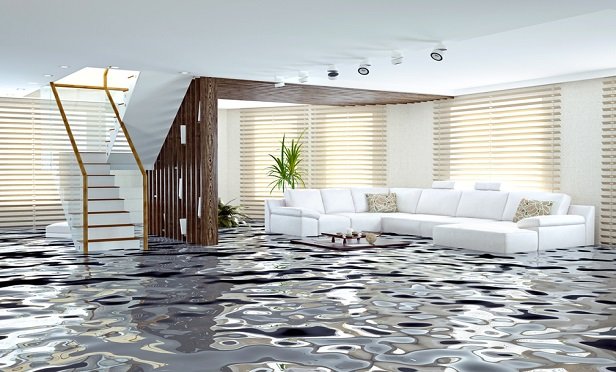 According to the Insurance Information Institute, water is the biggest threat to a home. Approximately one in 50 homes has a property damage claim caused by water damage each year, resulting in an average insurance claim of $8,000. American Modern and Notion aim to help homeowners monitor for leaks and other events to better manage risk via Notion's smart home platform. (Photo: iStock)
According to the Insurance Information Institute, water is the biggest threat to a home. Approximately one in 50 homes has a property damage claim caused by water damage each year, resulting in an average insurance claim of $8,000. American Modern and Notion aim to help homeowners monitor for leaks and other events to better manage risk via Notion's smart home platform. (Photo: iStock)
With severe flooding continuing to hit parts of the Midwest and Southeast, record-breaking amounts of water have been impacting the businesses and residents in this region. In fact, flooding along the Mississippi River is the longest-lasting since the "Great Flood" in 1927.
Recommended For You
Want to continue reading?
Become a Free PropertyCasualty360 Digital Reader
Your access to unlimited PropertyCasualty360 content isn’t changing.
Once you are an ALM digital member, you’ll receive:
- Breaking insurance news and analysis, on-site and via our newsletters and custom alerts
- Weekly Insurance Speak podcast featuring exclusive interviews with industry leaders
- Educational webcasts, white papers, and ebooks from industry thought leaders
- Critical converage of the employee benefits and financial advisory markets on our other ALM sites, BenefitsPRO and ThinkAdvisor
Already have an account? Sign In Now
© 2025 ALM Global, LLC, All Rights Reserved. Request academic re-use from www.copyright.com. All other uses, submit a request to [email protected]. For more information visit Asset & Logo Licensing.








